There have been some big changes in the Money Hacker household over the last 12 months. Aside from my journey back to mental wellness, we’ve had some exciting changes too. This post will cover the What, When, Why, and How’s of what’s been going on.
What
We moved back to Canada! We sold all our assets (house, car, furniture and Irish investments) and moved all our money to Canada. We are now renting a two-bedroom house in the countryside and have invested all our money in ETFs (exchange-traded funds). We are test-running semi-retirement, seeing how our portfolio performs to see how much or how little we need to work to cover the rest of our expenses. We’re also looking to split our time between Canada, Portugal and Ireland over the next 12 months. Should we wish to buy another house at some point, we will start over, building up a new downpayment and getting another mortgage. We would hope that our portfolio growth would cover our mortgage payments at minimum at that point and would still be mortgage-neutral.
When
I knew in June of 2022 that I wanted to move back. It took many months for me to convince Mr. MH that this was not a passing whim (of which I have many in fairness to him). It was particularly hard for Mr. MH to come to terms with as I had been so adamant only weeks prior that I had zero intention of moving back to Canada for as long as I could see. Given my state of mind at the time, I can understand his reluctance. During the time it took me to convince Mr. MH, I researched, plotted and planned. We sold off furniture and toys, donated books and got the house ready for sale. Whether we moved to Canada or not, we still planned on selling our house and moving within Ireland to somewhere closer to family/friends as you’ll read about below. In the end, we reduced our last 9 years and a three-bedroom house into a 20-foot shipping container. Finally, by June of 2023, we flew back to Canada with what was left of our belongings trailing behind us.
Why
Part of the change stemmed from the isolation I felt during the pandemic and my state of mind. I was in search of 2 things. 1. The ability for me to quit work, preferably with Mr. MH off at the same time for a significant amount of time and 2. Community. I ran through many scenarios trying to figure this out.
One of the silver linings of the pandemic is that it opened up the opportunity to work remotely and although that has changed somewhat since, there are still opportunities that weren’t there before.
At one point, we were looking at buying an old farmhouse on 5 acres of land in Mayo to be closer to Mr. MH’s family and to be in nature.
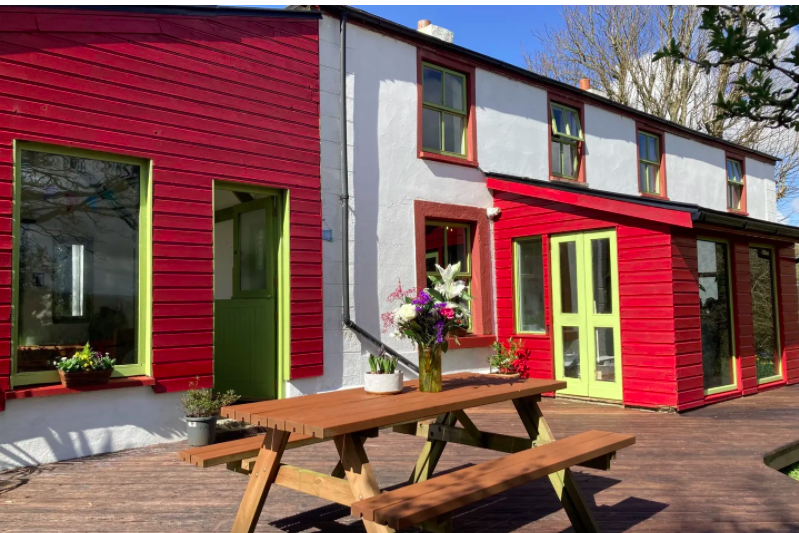
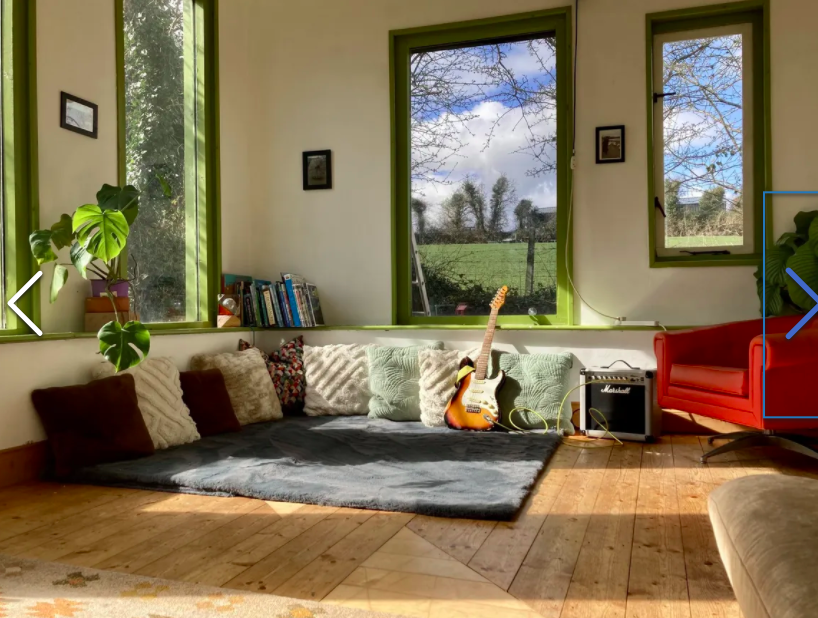
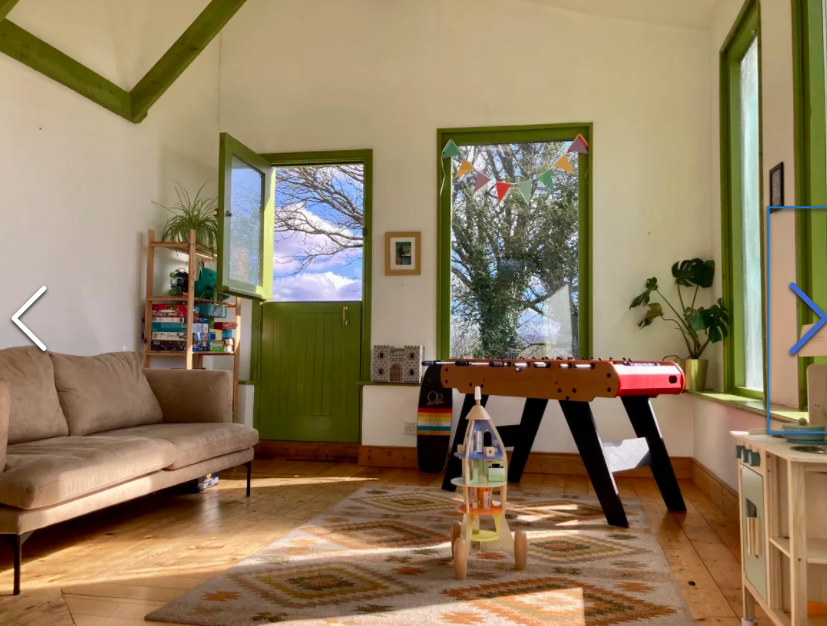
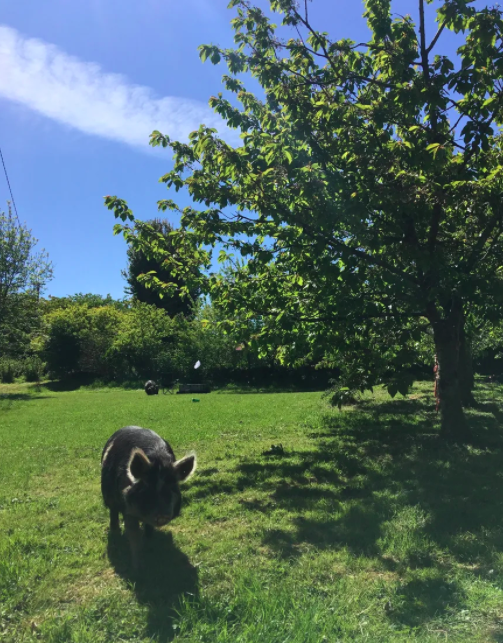

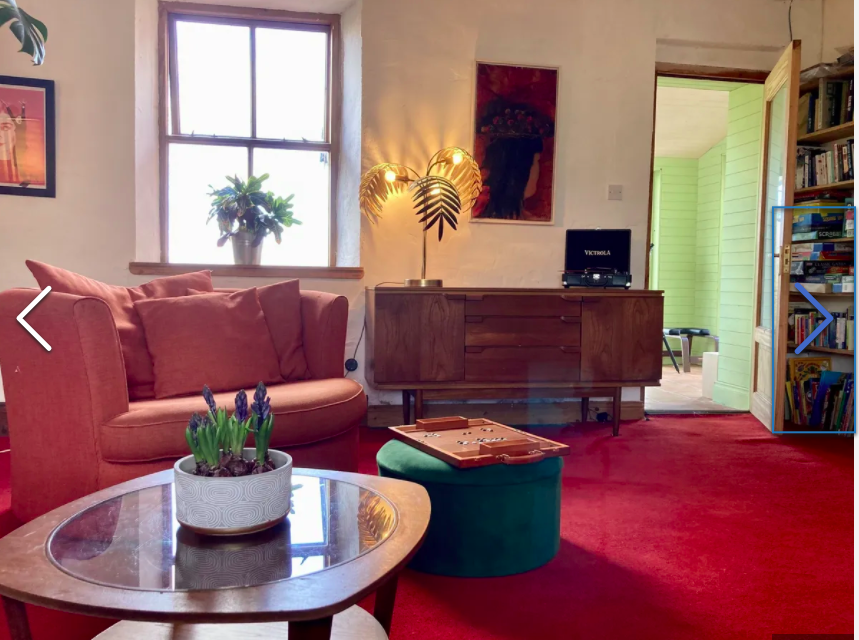
At another, we were looking at a house in the same estate as some friends of ours in Cork where we could be mortgage-free and live off one part-time income. And every option in between, each option we considered had to tick both boxes, and for each we compiled a list of how much closer we would be to how many friends and family members. Then about 2 weeks before we were due to come back to Canada for the summer, a switch flicked. I knew then that I needed to come home. I couldn’t describe it as anything other than intuition.
Now, we are renting a two-bedroom house in the countryside less than 2km from my parents. I thoroughly appreciate the sense of community I so lacked. I see my parents almost every day. We have each other over for dinner once or twice a week and borrow milk and random ingredients from each other (we are a 40-minute drive to the nearest town). My sister randomly bought me a pair of pants she thought I would like. My Mom, while watching my son, baked zucchini bread as an activity and made an extra loaf to share with us. She also recently made me a pot of homemade soup when I was sick. My Dad helps us with things around the house. My siblings drop by unplanned or at short notice. We have play-dates with cousins and family BBQs. In the Summer, we spend time at the lake 20 minutes away. I got a paddle board which I absolutely love to get out on. My parents watch our son from time to time which has allowed us to get some alone time.
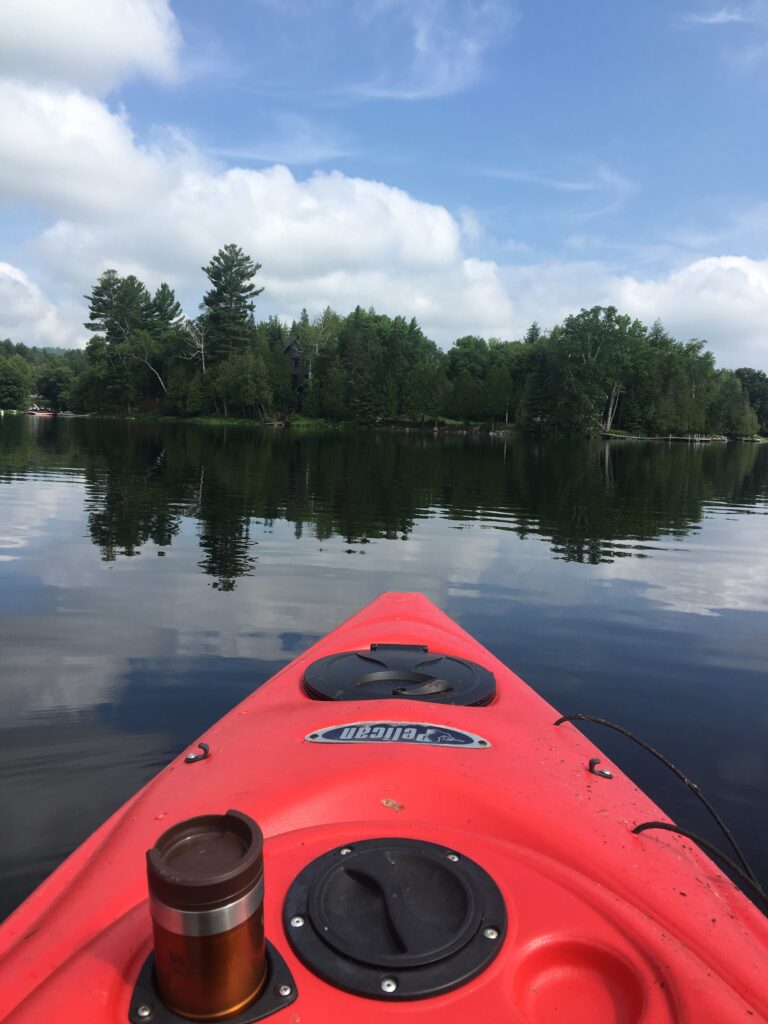
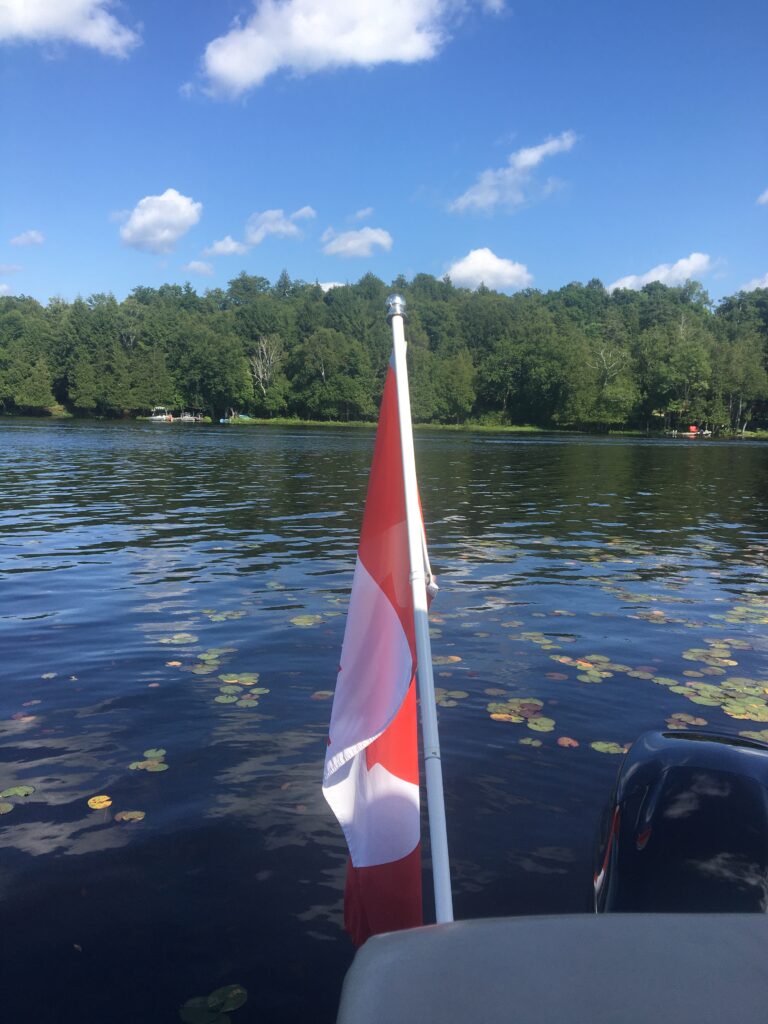
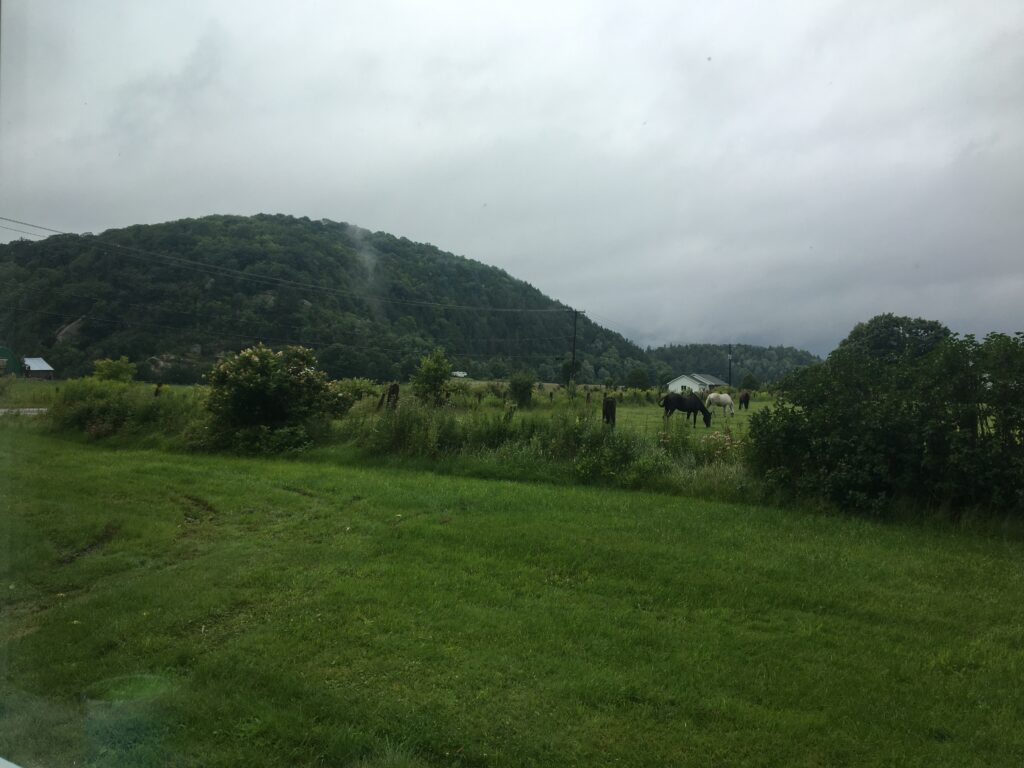
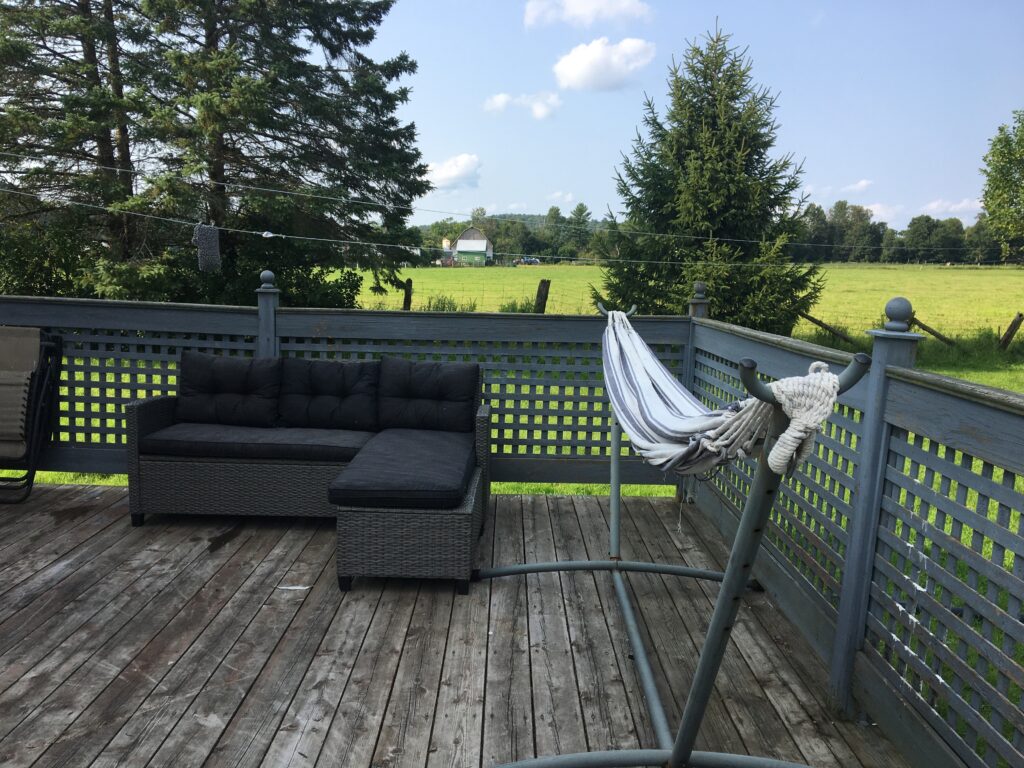
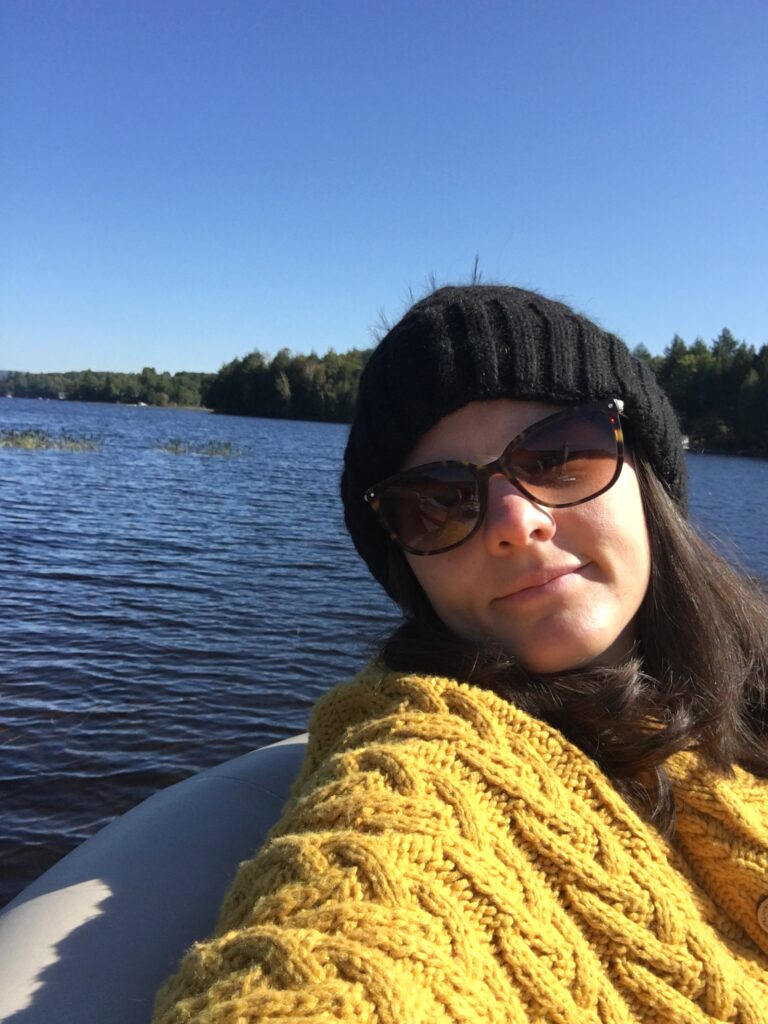
We even got to go to France for 2 weeks for the Rugby World Cup child-free! None of this was possible from where we were. Prior to this, we had been away from our son only twice for a total of 4 nights in 4 years.
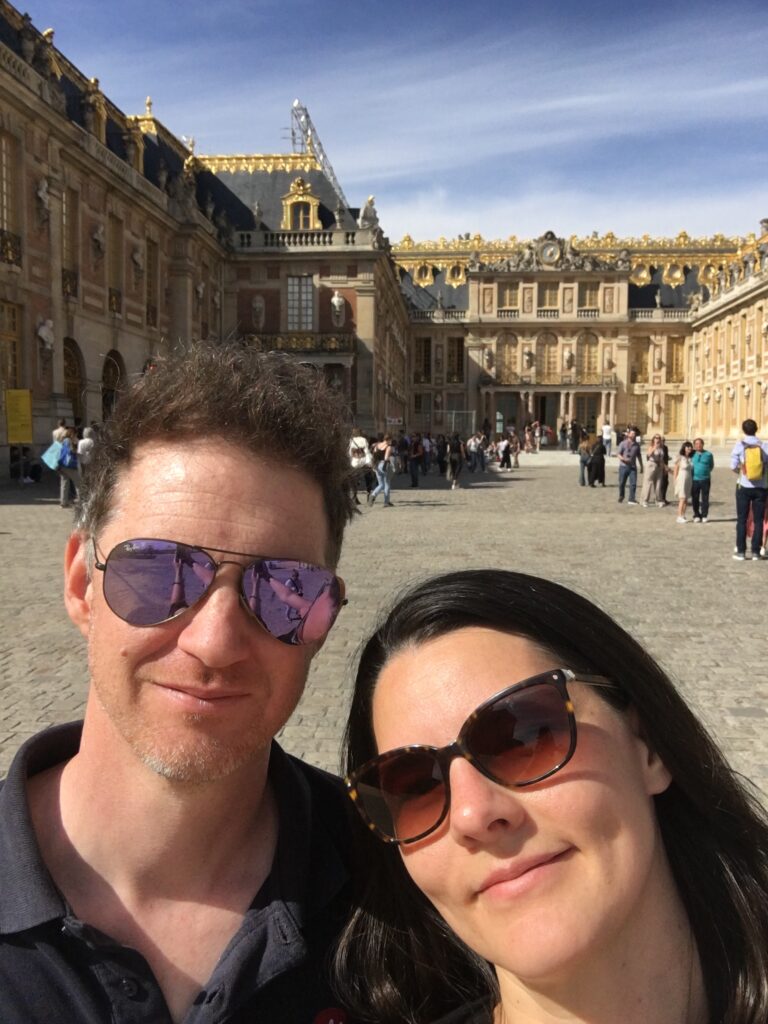
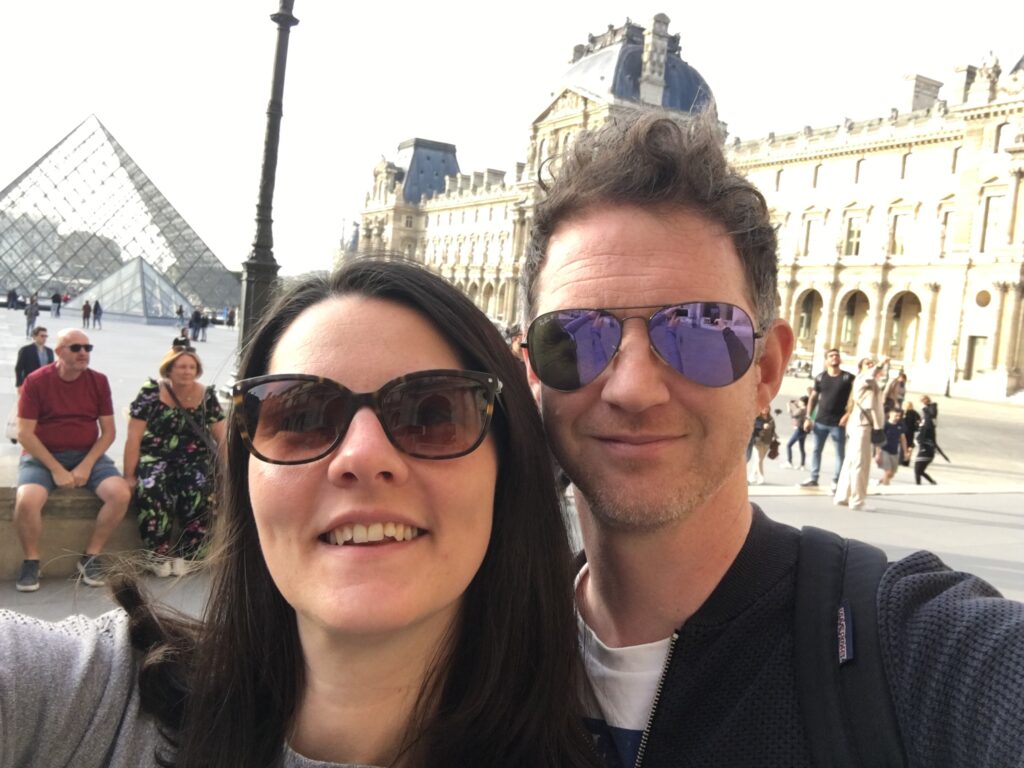
It’s not all one-sided. I get to help out too which I thankfully now have some energy to do. I help with things like tech support, babysitting, lifts to doctors’ appointments, dinners and house cleaning for example. We also buy things for each other where we see it’s needed without expecting anything in return.
For this chapter of our lives, it feels like friends are so busy with kids and activities that it’s hard to schedule in any time together. If we are to see other people regularly, it’s far more likely if we are closer to family – at least for now.
I recently listened to a wellness podcast that said that community and connectedness are a missing link in sustained wellness and I couldn’t agree more. It’s made a huge difference to the quality of my life.
How
The move went as smoothly as it could have gone, though I like to think my level of planning had something to do with that.
I use a software called Asana to help manage big to-do lists. It’s shared with my husband so we can each work away on things and keep each other updated in one place with the progress using comments and attachments. Our move to Canada list had the following sections:
- get house ready for sale
- packing/shipping
- before we leave
- finance stuff
- after arrival
- quality of medical care research
- shopping on arrival
- house to-do (rental)
We would add to the list as soon as we thought of something else that needed to be done and keep it up to date as we went along to make sure nothing got forgotten. Coming up to the last day, I also had a paper to-do list on the kitchen counter with the last-minute stuff.
I also had a spreadsheet (of course) which had the following tabs:
- rent vs buy analysis
- this included the total of our assets alongside various options of buying a house vs renting a house to see how much our portfolio would cover of our living expenses and how many months of the year I would have to work to cover our remaining expenses. Some example scenarios below.
- I also kept track of the exchange rate trends and calculated what gross salary I would need to make to cover all expenses after taxes in the 2 provinces we were considering (Quebec and Ontario have very different income tax rates)
- move furniture
- this was an analysis of what we paid for our furniture, what we thought we could sell it for second hand, what we would have to spend to replace it in Canada vs what it would cost for us to ship it
- home build
- we also looked at the option of severing a plot from my parents’ farm to build a prefab home
- rent option
- this looked at what rental yield we thought we could get if we rented our Irish home out instead of selling
- estimated cost of living
- this included a few of the rent vs buy scenarios using our current cost of living in Ireland as a base and adding/taking away costs per our research and understanding of Canadian costs
- move costs
- this included estimates on how much the move would cost us including house sale costs, shipping and flights as well as the sale of our car. This was used to help us manage cash flow as we knew we’d need some large sums available for things before the assets from the house sale were freed up
We had a few administrative hiccups getting set back up on this side but overall can’t complain. We had a very soft landing in that we had a place to stay for the first few weeks with my parents. And then when our furniture arrived, we moved into our rental.
Of course, wrapping up our life in Ireland and saying our “see you later’s” was hard and definitely had me questioning my decision the closer we got to leaving but now that we’re 5 months in on the other side I have to say it was the best decision for our family for this chapter of our lives.
Rent vs Buy Scenarios
In this section, I will go through the various scenarios we considered when looking at renting vs buying in Canada. All of the below scenarios were based on actual houses available to buy/rent in the areas we were considering. I will generalise the information without giving specific personal figures however, I will share the actual expected outcomes of each for comparison purposes.
- Buy house for cash, invest the rest, withdraw 7.5% of portfolio per year, add on non-employment non-dividend income (tax refunds, child benefits, passive blog income), minus base living expenses.
- Buy house with 90k mortgage, invest the rest, withdraw 7.5% of portfolio per year, add on non-employment non-dividend income (tax refunds, child benefits, passive blog income), minus living expenses (base + mortgage).
- Buy a duplex with 70k mortgage, invest the rest, withdraw 7.5% of portfolio per year, add on non-employment non-dividend income (tax refunds, child benefits, passive blog income), add on Air BnB income for the other unit minus living expenses (base + mortgage + additional homeownership costs) minus Air BnB fees and rental income taxes.
- Rent for 1,000$, invest everything, withdraw 6.5% of portfolio per year, add on non-employment non-dividend income (tax refunds, child benefits, passive blog income), minus living expenses (living expenses including rent would be comparable to owning as home ownership costs are much higher in Canada – higher property taxes, higher insurance)
- Rent for 2,100$, everything else the same as option 4 except increase withdrawal from portfolio to 7.5%
- Rent for 1,000$, spend an additional 2,500€ in rent for 3 months in Portugal/Ireland, everything else same as option 4 except decrease withdrawal from portfolio to 6%
- Stay in Ireland, move to a house where we could be mortgage-free with assets from our current home, leave remaining assets invested, withdraw 6% from portfolio, add on non-employment non-dividend income (tax refunds, child benefits, passive blog income) minus living expenses (current minus mortgage)
The below table shares the outcomes of each of the above scenarios in terms of remaining expenses that would need to be covered through employment income.
| Scenario | 1 | 2 | 3 | 4 | 5 | 6 | 7 |
| Canadian Dollar | 19,500$ | 28,575$ | -6,582$ | 2,300$ | 7,500$ | 15,000$ | 24,427$ |
| Euro (1.47 exchange) | 13,265€ | 20,418€ | -4,477€ | 1,564€ | 5,102€ | 10,204€ | 16,617€ |
The obvious option would be to go with scenario 3 and be able to retire fully now but the duplex we found was too far from family and was gone before we were ready to buy.
The option we went with for now will be a variation of option 6. For this year, I would like to work for a few months to cover our full 12 months of living expenses without touching our portfolio to give it a chance to grow a bit more while I’m still happy to work for a few months at a time.
Selling our house
We sold our house using auctioneera. They offer all the same services as a traditional estate agent but for a flat fee instead of a percentage which saved us a few thousand euro. We liked the online nature of their service and the dashboard/updates you’d get after every viewing.
We did a lot of decluttering and staging ourselves. Our house listing went live on Feb 17. We had a total of 4 group viewings with 19 people from Feb 23 to Mar 10. For each viewing, I made sure the house was spotless, aired out and staged the same as we did for the photos. On some days I even made fresh cookies so the house smelled of baking. On the evening of Mar 10, the bidding went available online and we watched 6 people make bids on our home. It finished up at 40k over asking. We went sale agreed on Mar 16. We had a condition that we needed the house until the end of June so we moved out on Jun 22 and had funds in our account from the sale on July 12.
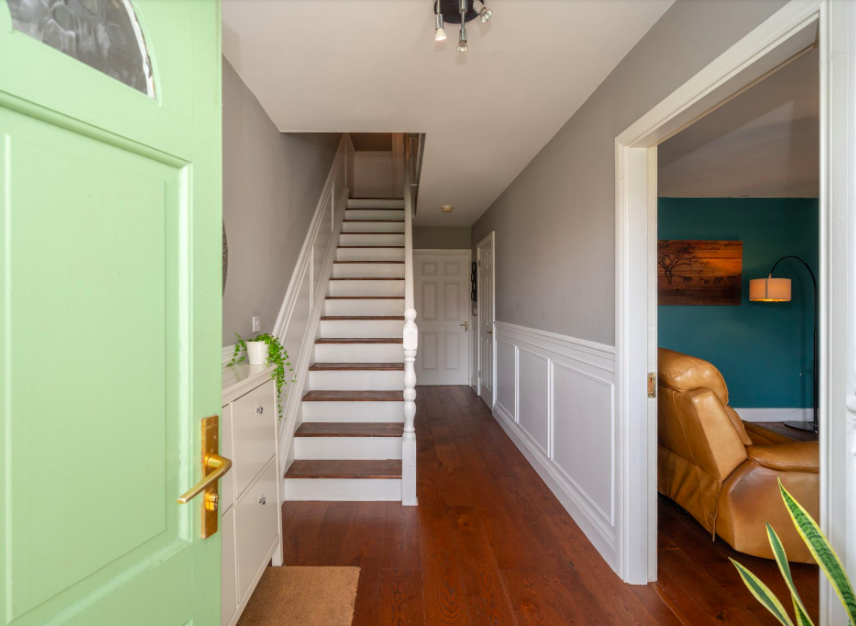
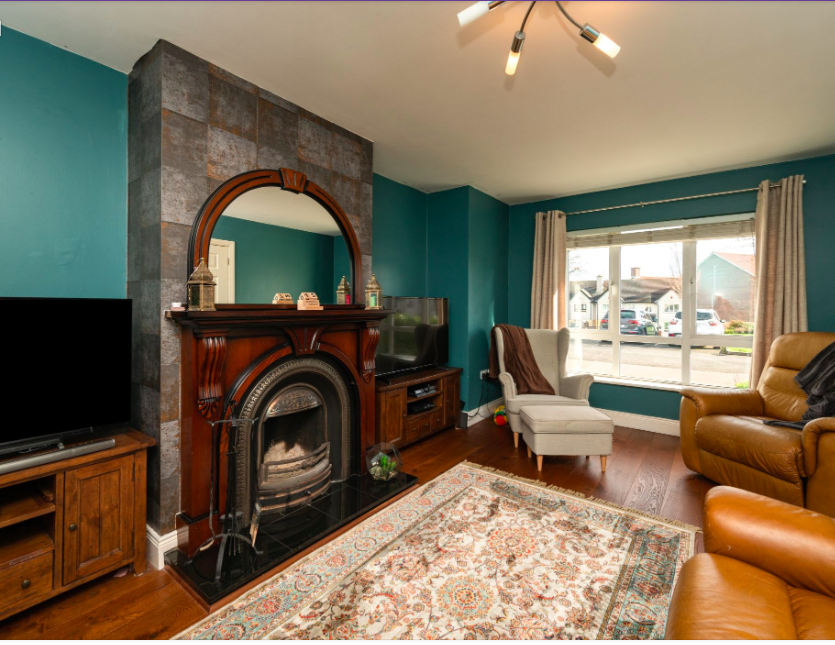
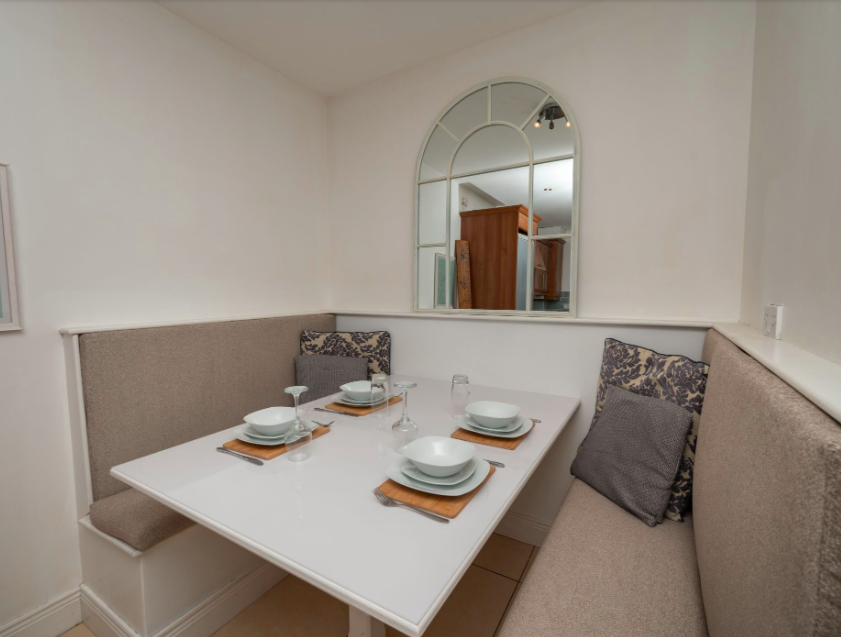
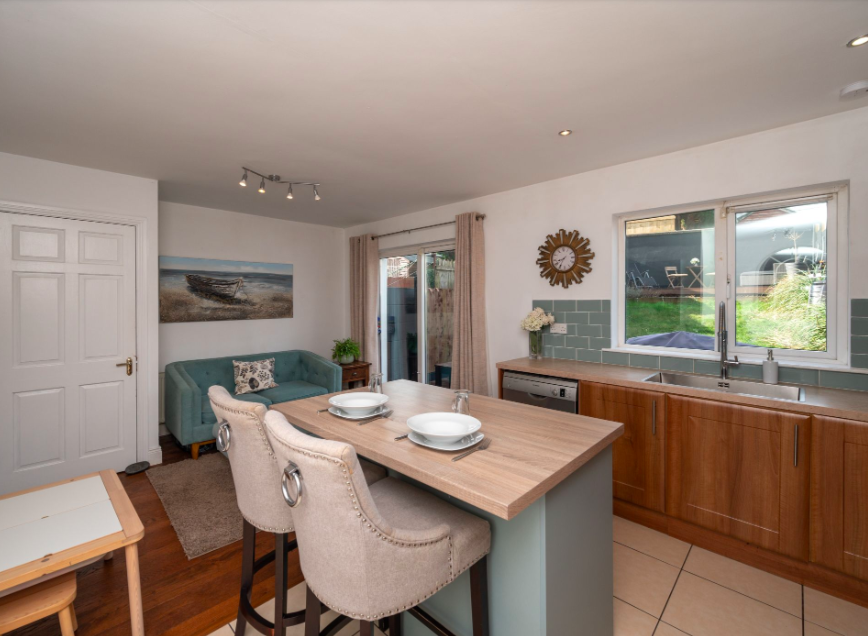
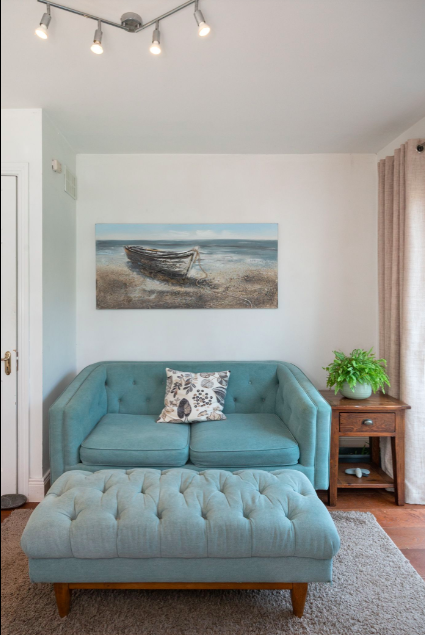
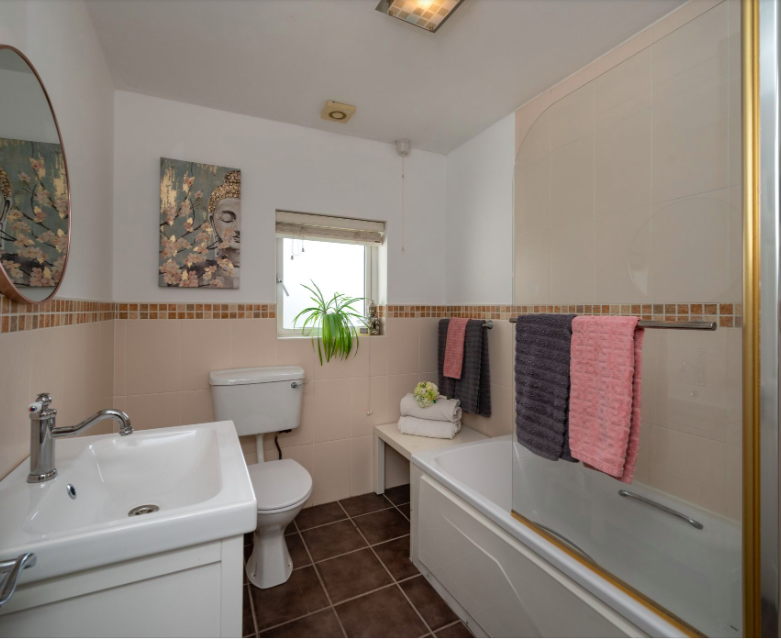
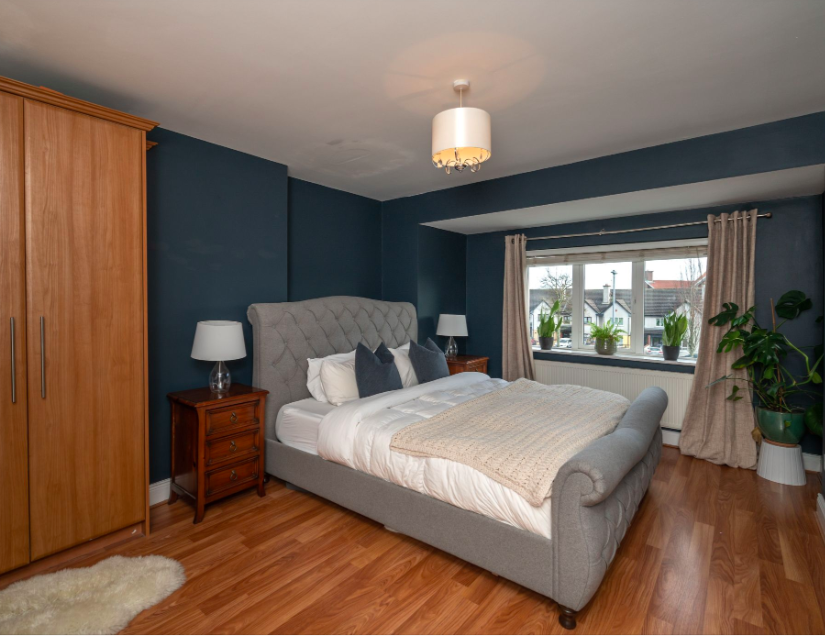
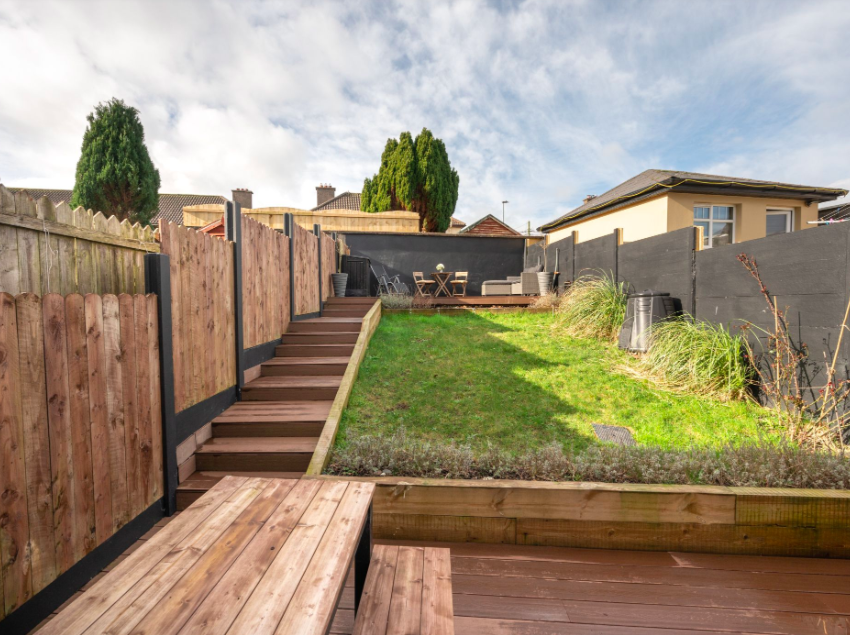
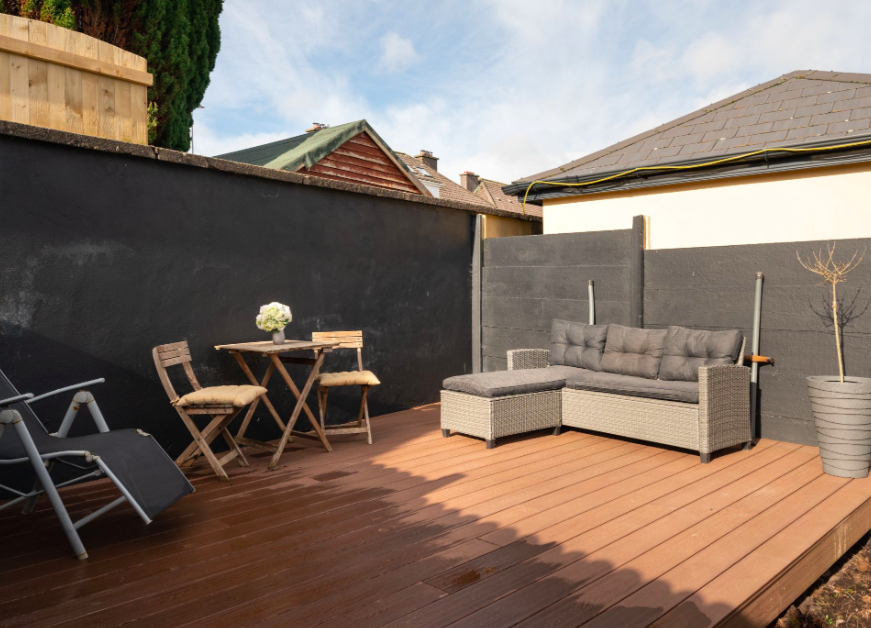
Moving furniture
As mentioned above we were quite torn on whether the cost of shipping our furniture was worth it.
We estimated we spent around 17k on furniture and accessories for the house. If we managed to sell all of it (which was unlikely), we’d maybe stand to make about 25% of that back (4k). We’d then have to replace all of that furniture on the Canada side. We estimated it would cost us about 10k to replace what we’d need. This would not be a like-for-like replacement. As we hadn’t planned on leaving Ireland, the furniture we bought was higher quality – stuff we really liked. We’d also likely still have some things to ship as we had some sentimental items like a few baby things, teddies/toys for our son, and a wedding present that is dear to us that we couldn’t fit in a suitcase.
Our first shipping quotes were at peak due to pandemic backlogs, port congestion and strikes. They ranged from 9,500€ to 11,000€ for a SHARED 20-foot container not including insurance.
I found a site called Freightos that tracks the ticker rates for certain shipment routes. Like tickers for the stock market, there are similar ticker rates for freight costs – referred to as the FBX. I signed up to their newsletter and kept up to date on the rates for our shipment route. We used this as a basis for comparison when looking for new quotes closer to the date of our move. A year later, we got updated quotes from the existing companies and they were coming in even higher than before! It pays to shop around as we got a quote from a different company and managed to get our full 20-foot container including insurance for 7,560€.
We still had to downsize some of our furniture in order to fit everything into 20 feet and there were some things we no longer needed or electronics that wouldn’t work in Canada so we still had to sell some things and replace them on the other side on top of the shipping but it was oh so nice to get our furniture from our Irish life to help us feel at home more quickly in Canada. I think this was particularly helpful for our son’s adjustment to his new life, to have some elements of familiarity.
In terms of timing, we sold our car the morning the movers came! Our furniture was packed up and collected on Jun 22nd. We got a taxi to our friends’ house where they surprised us with a final gathering of some of our best friends for dinner and then we flew out the very next day. Our furniture arrived at our new rental on August 1st. There were quite a few forms to fill out and sign off on. One set of forms you have to have completed and signed on arrival in customs when you fly in, in order to avoid paying customs on your personal items. Then once it arrived at the port, we had to drive to Montreal to sign another customs form in order to release the goods.
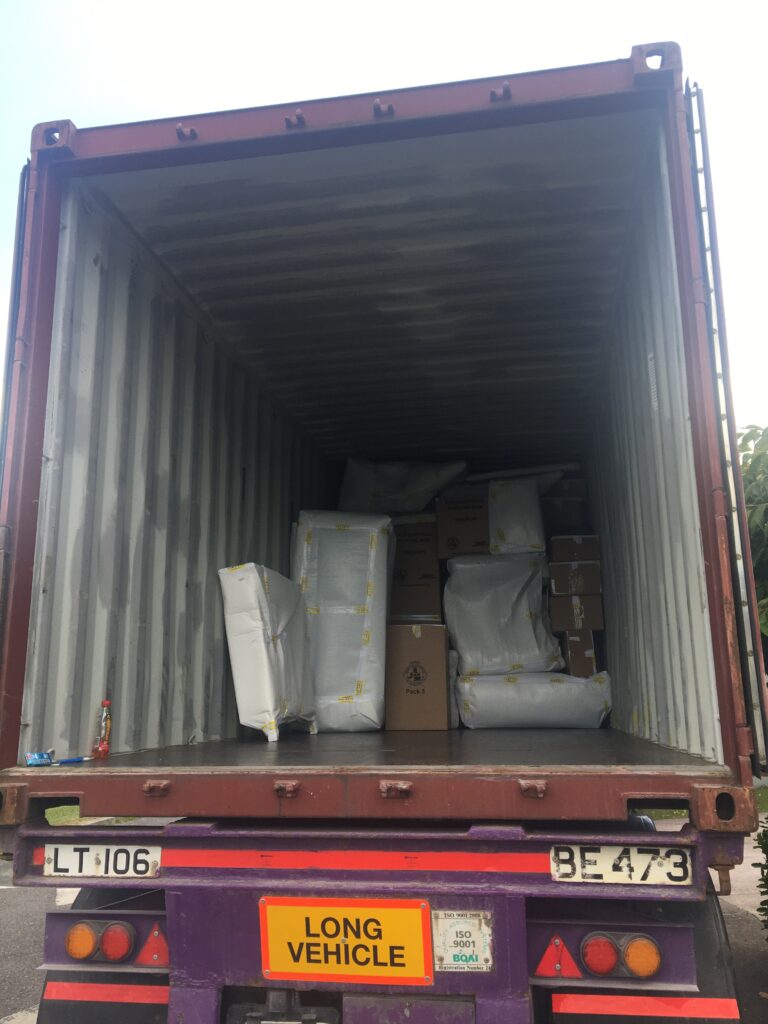
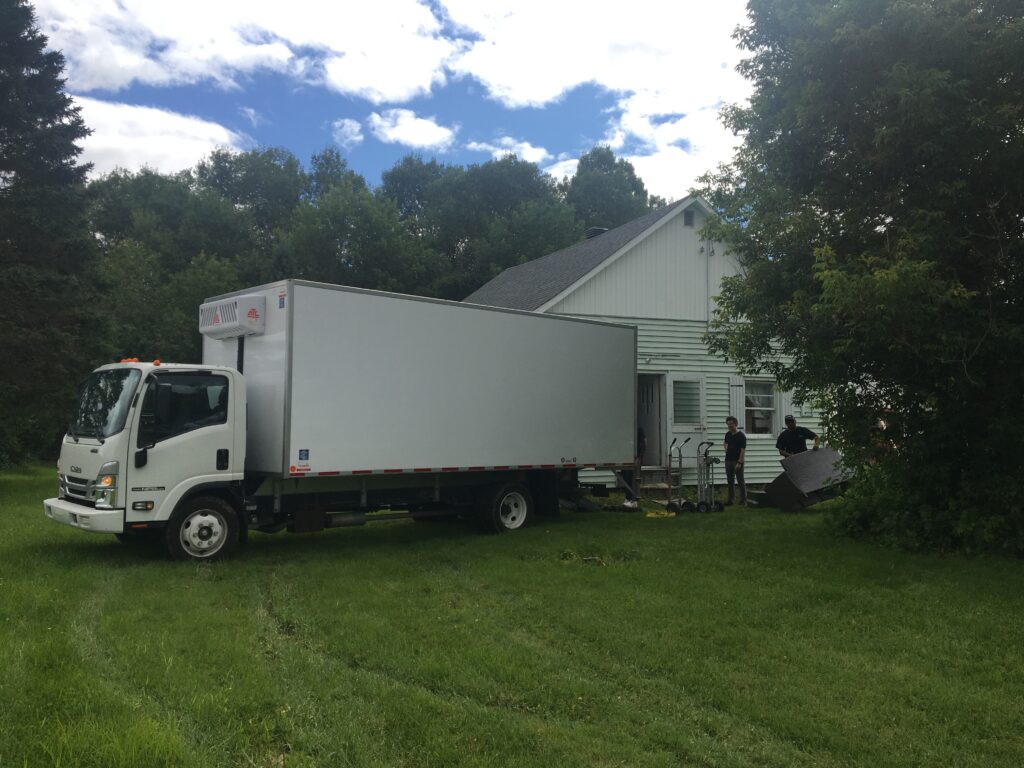
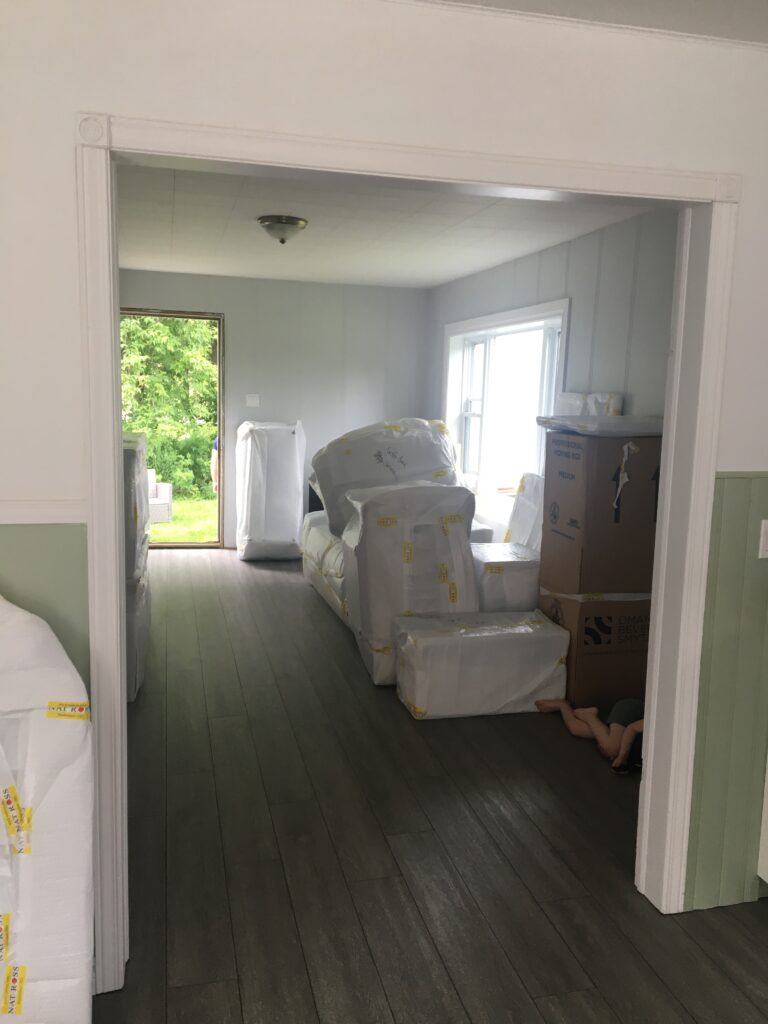
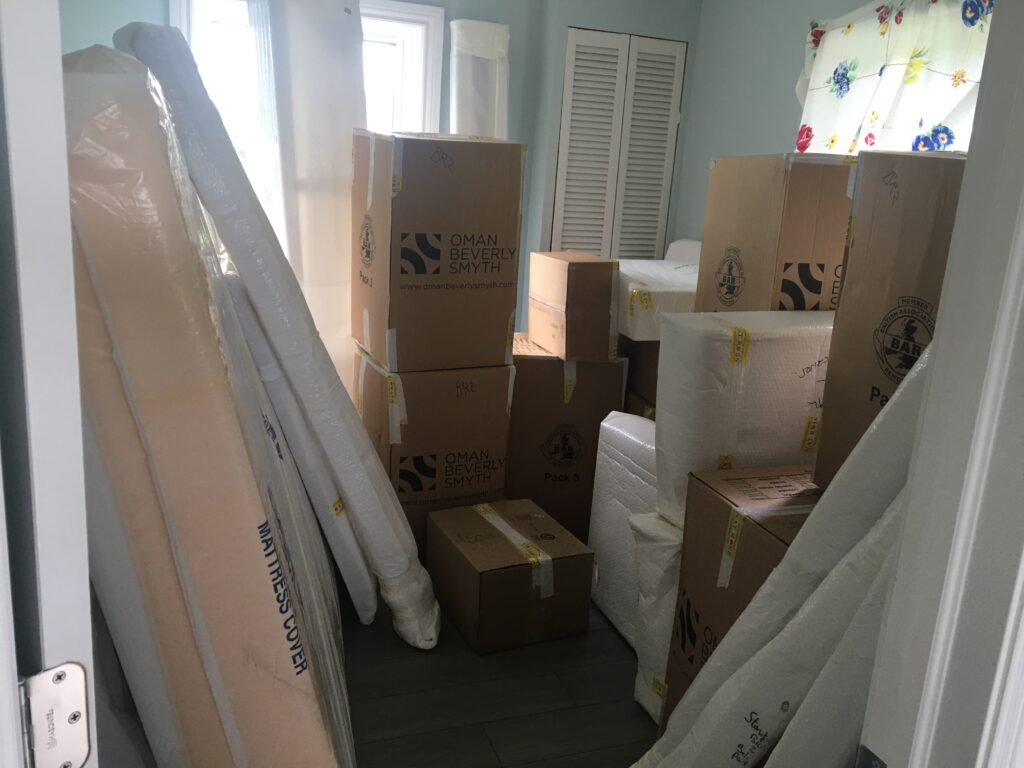
Moving Money
We did a good bit of research trying to find the cheapest way to get out money moved back to Canada. As we were moving such a large sum, both the exchange rate and the exchange fees were going to make a huge difference so this was an important one.
When I first checked with a currency broker I had used in the past, they were offering an exchange rate that was 0.13 points lower than the market rate. This seemingly small number was going to cost us over 7,000$ (4,700€) in difference.
I ended up finding a company called Atlantic Money who give you the market rate and only charge a flat fee per exchange. The catch was that the transfers were limited to what our online banking would allow per day which was 10,000€. This meant I needed to make a transfer per day for a lot of days to get the full amount changed over but this also allowed us to “dollar cost average” with the exchange rate. Even with the flat fee and the number of exchanges we needed to make, the fees came to less than 100€. A far cry from the 4,700€ cut the broker was going to take.
As I hadn’t used them before I started with a small transfer of 1,000€ to make sure it got to my Canadian account as expected. Once tested, we continued on with the daily transfer until all funds were transferred. We had to prove where the money came from for anti-money laundering purposes but it was super fast to complete and get approved.
They also now have a Business account if you have a business and work or get paid in multiple currencies.
Home build
We also priced out what it would cost to buy a plot of land off my parents and build a pre-fab home.
In 2022, this was what we had estimated.
For a prefab 2-bedroom bungalow like this one, it would cost between 434,000$ (295,000€) and 487,000$ (331,000€) including site works and land.
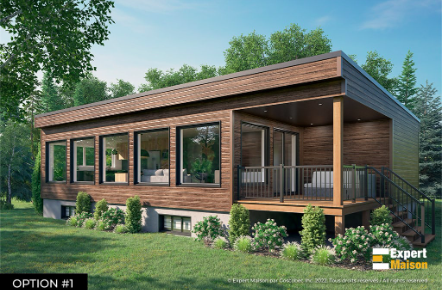
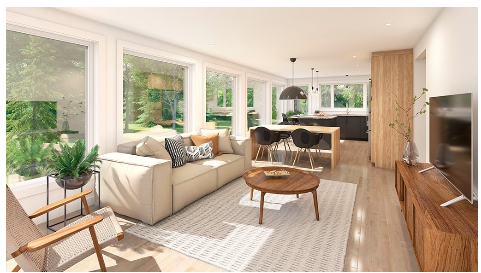
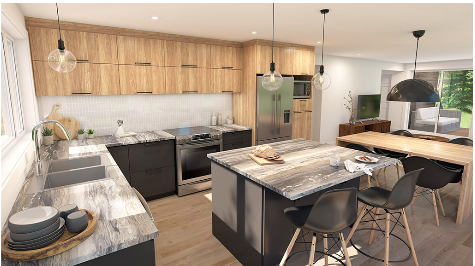
Break-down looked like this:
| Item | Low | High |
| Septic | 15,000 | 30,000 |
| Foundation Piles | 5,000 | 10,000 |
| Electricity | 1,000 | 1,000 |
| Well | 3,750 | 15,000 |
| Water Softener | 300 | 2,400 |
| Site | 40,000 | 60,000 |
| Prefab | 369,000 | 369,000 |
| Total | 434,050 | 487,400 |
Estimated cost of living
In Ireland, by the time we left, our annual cost of living was averaging at about 36,000€ with a small mortgage.
Annual expense posts here: 2022 (35k), 2021 (38k), 2020 (39k).
We mapped out a few scenarios of living expenses in Canada per below:
| Scenario | Annual Estimated Expenses ($) | Annual Estimated Expenses (€) |
| Buy a home, no mortgage | 40,000 | 27,000 |
| Rent for 1,000$/month | 44,000 | 30,000 |
| Rent for 2,100$/month with utilities included | 55,000 | 37,000 |
| Rent for 1,000$/month + 1 month in Portugal and 2 months in Ireland | 55,000 | 37,000 |
Of course, these are estimates and we will get a better sense of what is realistic once we’ve lived here for 12 months, which I hope to share, but for now, we had to start somewhere. I used sites like numbeo and local blogs/forums/family to get a sense of what things cost here now. Will keep you posted on how close or far off we were.
And that about covers it! It looks like a lot of effort now looking back but we were both off and I’m a good planner so it was a lot more gradual than it looks reading it all in one blog post.
In my next posts, I’ll give an update on what our new Canadian portfolio looks like now as well as how we spent our time in the almost 18 months we were both off together.
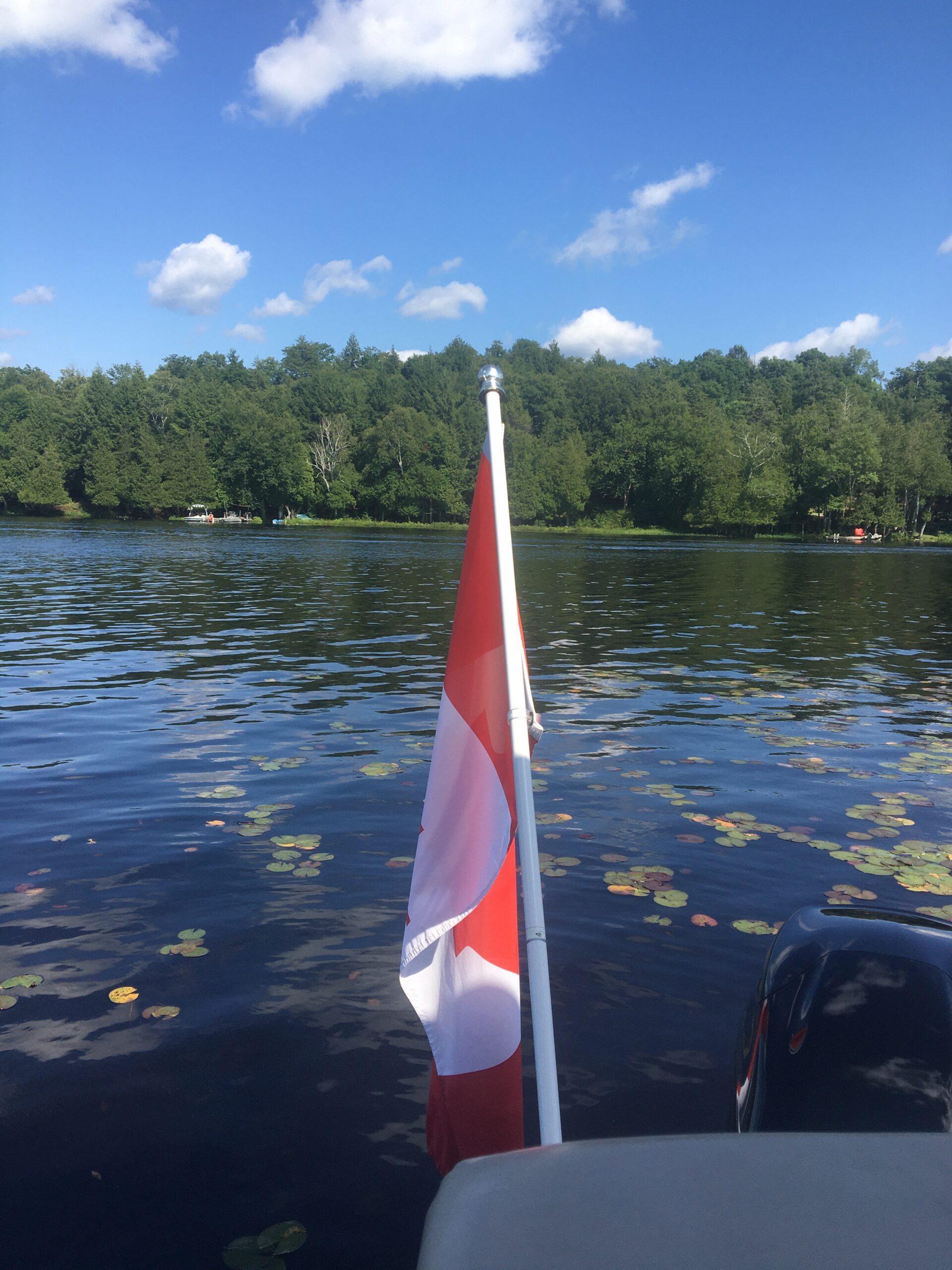
Fascinating post Meagan. I moved back to Ireland in 2022 after living overseas since 2000 (mostly in Australia). The most important lesson I learnt was; it is not what is in our lives that matters, but rather, who is in our lives. ‘Stuff’ doesn’t matter; people matter. I wish you and your family every success with the move back to Canada.
Thanks Jeff. I totally agree. Welcome back to Ireland, I hope the transition has been a nurturing one.